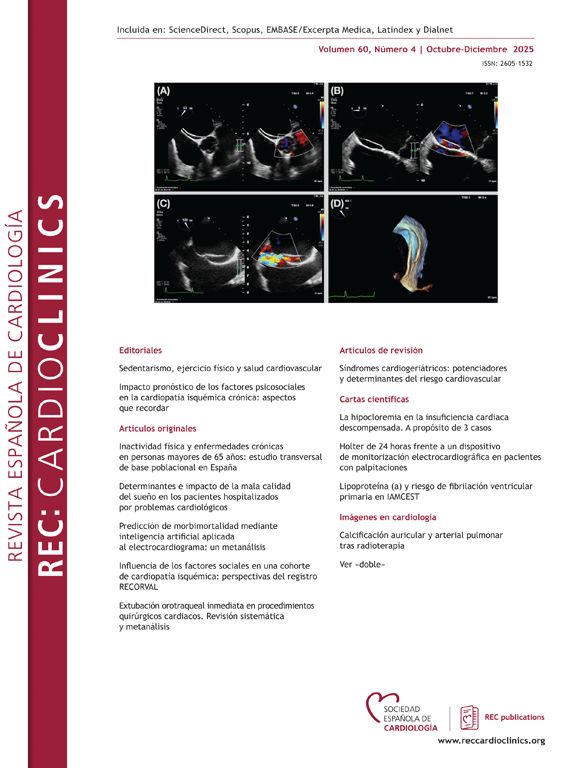- References must follow the format used by the American Medical Association.
- List references numerically, in superscript format, in the order they first appear in the text.
- Do not include mention of personal communications or unpublished data. Such references, however, may be included within parentheses in the text
- If a published paper is mentioned in the figures or tables, the corresponding reference must be cited in sequential order with the other references in the text, i.e., as if this information appeared in the point where the element is mentioned in the manuscript.
- When abstracts are cited, they should be identified as [abstract] within square brackets after the title, and they should be less than 2 years old.
- In references to medical journals, use the standard abbreviation of the journal title.
- References should be sent as standard text, never as footnotes. The field codes of reference management programs are not acceptable; if the authors have worked with reference management software, the file must be converted to plain text before it is submitted.
Journal article. List all authors. If there are more than 6 authors, list only the first 3, followed by the Latin abbreviation 'et al'. Example: Luttik MLA, Jaarsma T, Van Geel PP, et al. Long-term follow-up in optimally treated and stable heart failure patients: primary care vs heart failure clinic. Results of the COACH-2 study. Eur J Heart Fail. 2014;16:1241-1248.
Ahead of print article. Authors, title, journal, year, web page. Example: Senoo K, Proietti M, Lane DA, Lip GY. Evaluation of the HAS-BLED, ATRIA and ORBIT bleeding risk scores in atrial fibrillation patients on warfarin. Am J Med. 2015. http://doi.org/10.1016/j.amjmed.2015.10.001.
Electronic book. Authors, title [Internet], city, publisher, year, web page. Example: Sobieraj DM, White CM, Kluger J, et al. Adjunctive Devices for Patients With Acute Coronary Syndrome Undergoing Percutaneous Coronary Intervention [Internet]. Rockville (MD): Agency for Healthcare Research and Quality (US); 2011. Available at: https://www.ncbi.nlm.nih.gov/pubmedhealth/PMH0034051/.
Book chapter. Authors, chapter title, editors, book title, city, publisher, year, and page numbers. Example: Josephson ME. Intraventricular conduction disturbances. In: Josephson ME, ed. Clinical cardiacelectrophysiology. Techniques and interpretations. 3a ed. Philadelphia: Lippincot Williams & Wilkins; 2002. p. 110-139.
Book. Cite the specific pages. Example: Rothman K, Greenland S. Modern epidemiology. Measures of effect and measures of association. Philadelphia: Lippincott-Raven; 1998. p. 51-70.
Web page. Example: National Institute for Health and Clinical Excellence. Chronic heart failure in adults: management. 2010. Available at: http://www.nice.org.uk/Guidance/cg108. Accessed 6 Dec 2011.
Unpublished conference abstract. Veronesi F, Korfiati A, Buffat R, Raubal M. Assessing accuracy and geographical transferability of machine learning algorithms for environmental modelling (8). In: Agile 2017. 20th Conference on Geo-Information Science; 2017 May 9-12; Wageningen, The Netherlands. Available at: https://agile-gi.eu/conferences/agile-gi-conferences/agile-2017-wageningen. Accessed 17 Oct 2024.
Supplement. Example: Malecka-Tendera E, Mazur A. Childhood obesity: a pandemic of the twenty-first century. Int J Obes (Lond). 2006;30(Suppl 2):S1-3.
Database. Example: Base de Datos Clínicos de Atención Primaria (BDCAP). Morbilidad registrada en Atención Primaria. Madrid: Ministerio de Sanidad, Servicios Sociales e Igualdad; 2013. http://www.mscbs.gob.es/estadEstudios/estadisticas/estadisticas/estMinisterio/SIAP/home.htm. Accessed 4 Mar 2019.








